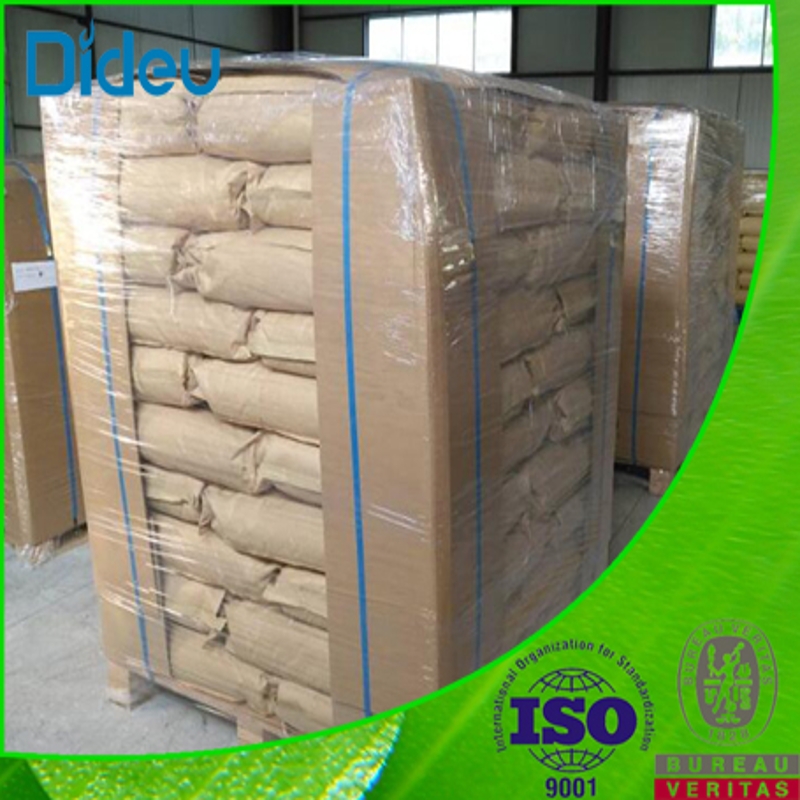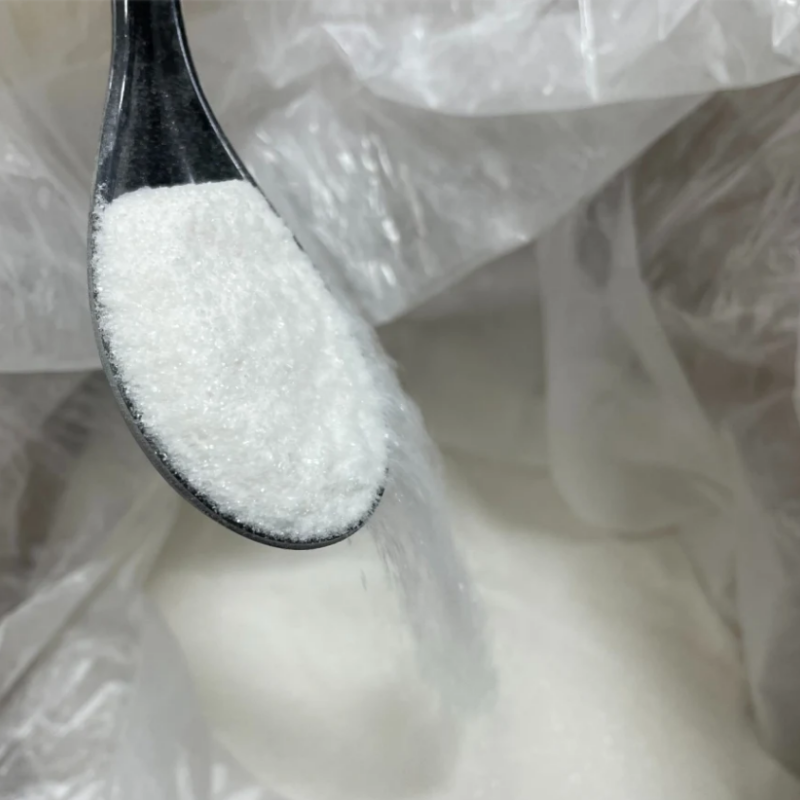-
Categories
-
Pharmaceutical Intermediates
-
Active Pharmaceutical Ingredients
-
Food Additives
- Industrial Coatings
- Agrochemicals
- Dyes and Pigments
- Surfactant
- Flavors and Fragrances
- Chemical Reagents
- Catalyst and Auxiliary
- Natural Products
- Inorganic Chemistry
-
Organic Chemistry
-
Biochemical Engineering
- Analytical Chemistry
-
Cosmetic Ingredient
- Water Treatment Chemical
-
Pharmaceutical Intermediates
Promotion
ECHEMI Mall
Wholesale
Weekly Price
Exhibition
News
-
Trade Service
As a pillar industry of the national economy, the petrochemical industry has a long industrial chain, a wide range of products, and wide correlation coverage, and it is not easy to reduce carbon emissions and consumption
.
In the face of increasing environmental pressure and the transformation of scientific research paradigm and management mode led by a new round of scientific and technological revolution, how should the petrochemical industry take the road of "dual carbon"? At the summit forum on the high-quality development of the petrochemical industry under the "dual carbon" goal held online on December 10, the participating experts gave suggestions
.
Build a multi-energy complementary energy system
The refining and chemical industry is not only a provider of chemical products and energy, but also a major energy consumer and a major carbon emitter
.
According to reports, in the petrochemical production process, about 25% of fossil energy is used to provide heat, process scorching and drive equipment
.
This part of the carbon emissions will be extended to the final consumption area with the products produced from fossil raw materials
.
Therefore, building a multi-energy complementary energy coupling system in the petrochemical industry will be the only way
for the industry to achieve the goal of "dual carbon".
Sun Lili, academician of the Chinese Academy of Engineering and chairman of Sinopec Refining and Chemical Engineering (Group) Co.
, Ltd.
, believes that to build a multi-energy complementary energy coupling system in the industry, first, it is necessary to break through traditional processing ideas and achieve cross-field and multi-process integration; The second is to break the barriers of energy use between industries and realize the overall optimization of the resource system; The third is to build an inter-industry circulation system to achieve the optimal allocation of energy utilization; The fourth is to optimize the energy management and control system and realize the clean and low-carbon transformation of energy
.
Sun Lili suggested that the petrochemical industry can explore the construction of a new energy development and energy-saving and high-efficiency integration integrated energy consumption model with horizontal multi-source complementarity and vertical multi-energy synergy in chemical parks where multiple industries gather, and carry out research
on short-process reengineering technology based on multi-energy coupling.
"The multi-energy complementarity and large-scale application of renewable energy are the primary conditions for achieving the goal of 'dual carbon', but there is a problem of grid-connected consumption, and it is necessary to vigorously develop energy storage technology and improve energy utilization
.
" Liu Zhongmin, academician of the Chinese Academy of Engineering and director of the Dalian Institute of Chemical Physics of the Chinese Academy of Sciences, said that the new energy chemical industry such as batteries or the key to realizing the large-scale integrated utilization of renewable energy, Dalian has launched a 100 MW-level all-vanadium flow battery energy storage peak shaving power station demonstration project, which will help the power grid implement power peak shaving and gradually realize the replacement
of fossil energy.
Development of clean and efficient petrochemical technologies
Cao Xianghong, academician of the Chinese Academy of Engineering and former senior vice president of Sinopec Corporation, pointed out: In the past, China's refining and chemical technology development was guided
by investment costs and benefits for a long time.
To implement the "dual carbon" goal, industry technology development and device design must change their thinking, from investment cost and benefit orientation to energy conservation and emission reduction orientation, research and development of low energy input and low process carbon emission technology, efficient conversion of resources into products needed by society, and strive to achieve the unity
of energy conservation and benefit goals
"At present, there are six key scientific and technical issues to be solved
in the development of the petrochemical industry.
" Xie Zaiku, academician of the Chinese Academy of Sciences and chief engineer of Sinopec, said, "The first is the catalytic material surface interface activation mechanism to improve the selectivity of carbon-carbon bond and carbon-hydrogen bond conversion, the second is the controllable polymerization mechanism of the multi-scale structure of the precise carbon-carbon chain, the third is the structural design and construction of membrane separation materials with fast and precise mass transfer channels, the fourth is the interaction mechanism and regulation law of processing and polymer structure and performance, and the fifth is the development of equipment and control system for new process matching.
Sixth, the interdisciplinary
demonstration of major industrial applications.
”
Yue Guojun, academician of the Chinese Academy of Engineering and chief scientist of the State Development and Investment Group Co.
, Ltd.
, said that biochemical technology will be an important help for the petrochemical industry to achieve the goal of "dual carbon" and will become an important solution
for carbon sources in the large-scale chemical industry in the future.
At present, 25 bio-based chemical technologies such as cellulosic ethanol and bio-based hexanediamine are being developed or commercialized, and the market size of industrial biotechnology is expected to reach 1.
2 trillion ~ 1.
5 trillion yuan
.
Zhang Jin, academician of the Chinese Academy of Sciences and vice president of Peking University, said that the innovative development of synthetic resin, synthetic rubber and synthetic fiber will also promote the high-quality development of the petrochemical industry and the realization
of the "dual carbon" goal.
Nanocarbon materials are strategic emerging materials leading the future high-tech industry, and it is imperative to realize the localization of lightweight, high-strength, high-toughness, functional and intelligent fiber materials
.
Digital-real integration helps high-quality operations
"The digital transformation of the manufacturing industry is the core of reducing costs, increasing efficiency and enhancing value in the manufacturing industry, and its connotation is to achieve the efficient use of resources and energy in the manufacturing process of the petrochemical industry, the green and low-carbon production and the maximization
of the value chain.
" Talking about how the petrochemical industry can promote carbon emission reduction through management reform, Qian Feng, academician of the Chinese Academy of Engineering and professor of East China University of Science and Technology, made the above judgment
.
He also believes that the manufacturing process, resource and energy utilization and artificial intelligence and other modern information technology should be deeply integrated, with the goal of green, low-carbon, high-end value, and digital intelligence, and form an independent intelligent collaborative regulation and control mechanism for material flow, energy flow and value flow in material transformation, realize the reform of production, management and marketing models, and promote the advanced foundation of process manufacturing industry and the modernization
of the industrial chain.
Chen Xuedong, academician of the Chinese Academy of Engineering, deputy general manager and chief engineer of China Machinery Industry Group Co.
, Ltd.
, proposed that modern information technology is an important means to empower the safety and energy saving of pressure vessels and process equipment, and install sensors in high-risk parts of the container for known failure laws, and monitor the changes in characteristic parameters in real time, which can better ensure the safety of equipment service and achieve the goal of "double carbon" by maximizing the service life of equipment
.
Chen Xuedong also said that in the future, the petrochemical industry can build an integrated cloud service platform for pressure vessel design, manufacturing and maintenance, equipment and technology, green and intelligent, as well as equipment long life and long operation cycle, operation process and safety energy consumption optimization, and at the same time realize carbon emission reduction
in equipment design and manufacturing process and operation and maintenance process.
"Today's digitalization is like electrification a hundred years ago, which will reshape the direction of economic and social development, and the use of digital resources such as the Internet, data, and computing will reduce our consumption of natural resources and accelerate the process
of carbon emission reduction in industry.
" Wang Jian, academician of the Chinese Academy of Engineering and founder of Alibaba Cloud, thinks
so.







